You ever get into one of those playgrounds arguments where you’re playing tag, and a kid swears up and down that he tagged you but you know for a fact he didn’t? Okay, take that, but replace tagging with bludgeoning with a sharp object, and you get a common problem faced by players of Dead By Daylight. This is a problem that Behavior has been working to fix for a while now, and they may have a solution: hit validation. Here’s Dead by Daylight’s hit validation explained.
Dead by Daylight Hit Validation Explained
In a typical game of Dead By Daylight, there’s an assumption that the Survivors and Killers have connections of similar strength. When a Killer comes up to a Survivor and attacks them, it is assumed that this action looks the same, or at least similar, from both perspectives. The problem, however, arises when a Killer player has high latency on their connection.
The game’s servers automatically favor the Killer because the Killer attacking the Survivors is a core mechanic of the game. What this results in is situations where the Killer runs up and attacks the Survivor, but from the Survivor’s perspective, the Killer should’ve been too far away to hit them.
Here’s a helpful diagram of a high latency Killer from Behavior themselves:
So how do we remedy this situation? Behavior has been tinkering with a new feature for the last few months called “hit validation” that will, hopefully, reduce the frequency of tag arguments. The way it works is that when a Killer has a noticeably high ping, the servers start automatically monitoring them.
When the Killer takes a swing at a Survivor, the server runs some quick calculations based on the Killer’s and Survivor’s positioning (distance, obstacles, etc.) and determines whether or not the hit was legal. If it is deemed legal, the hit lands like normal, but if it’s determined that the Killer was too far away or otherwise impeded, the hit is invalidated, and the Survivor takes no damage.
Here’s another helpful diagram:
This system has been in beta since October, and recently, Behavior made the decision to leave it activated in normal games indefinitely. If Survivor and Killer pings are both steady, then the system won’t activate, but if you’re up against a high latency Killer, know that you’ll have the server on your side.


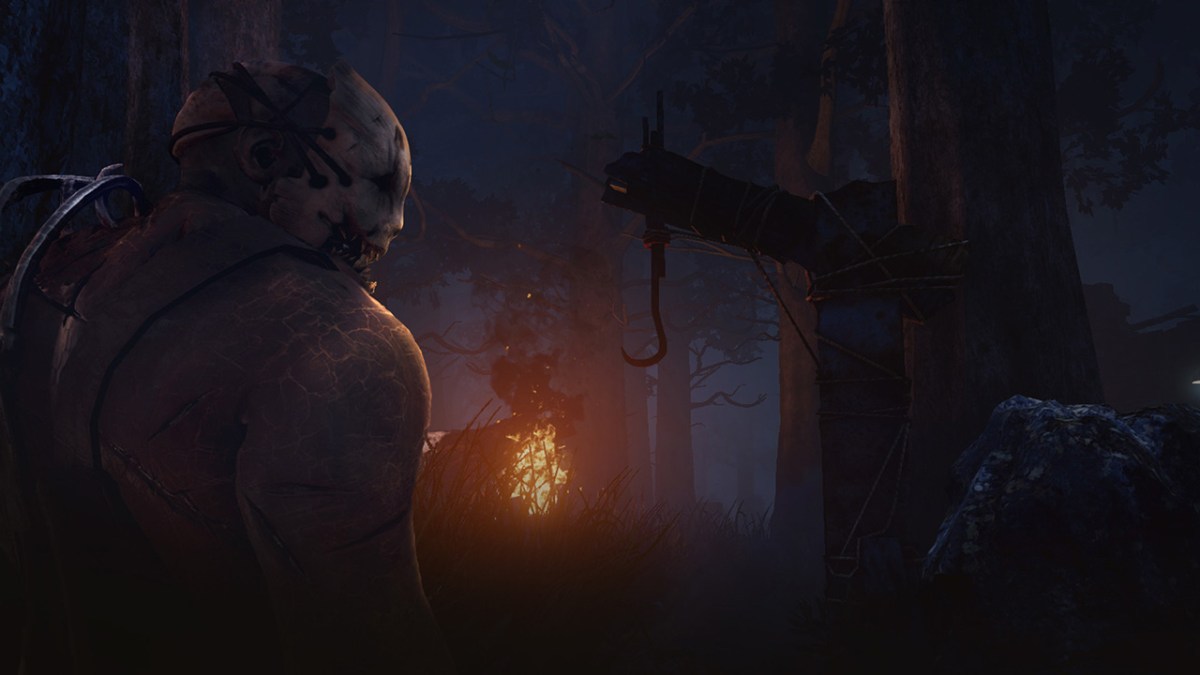


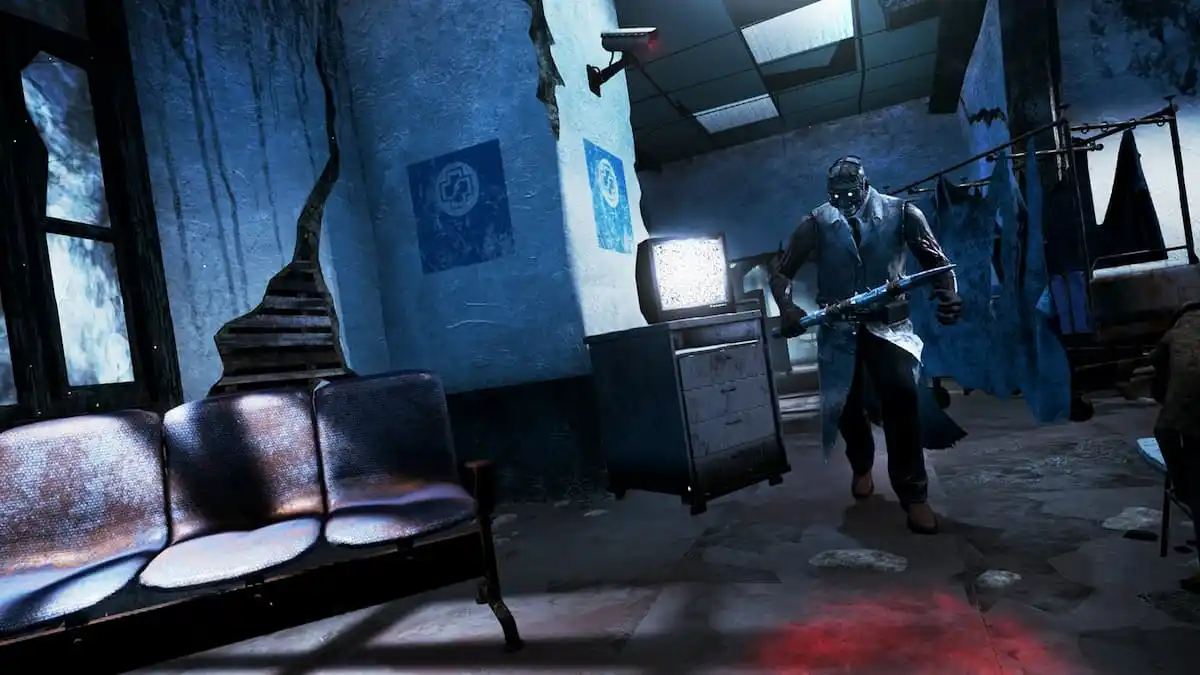

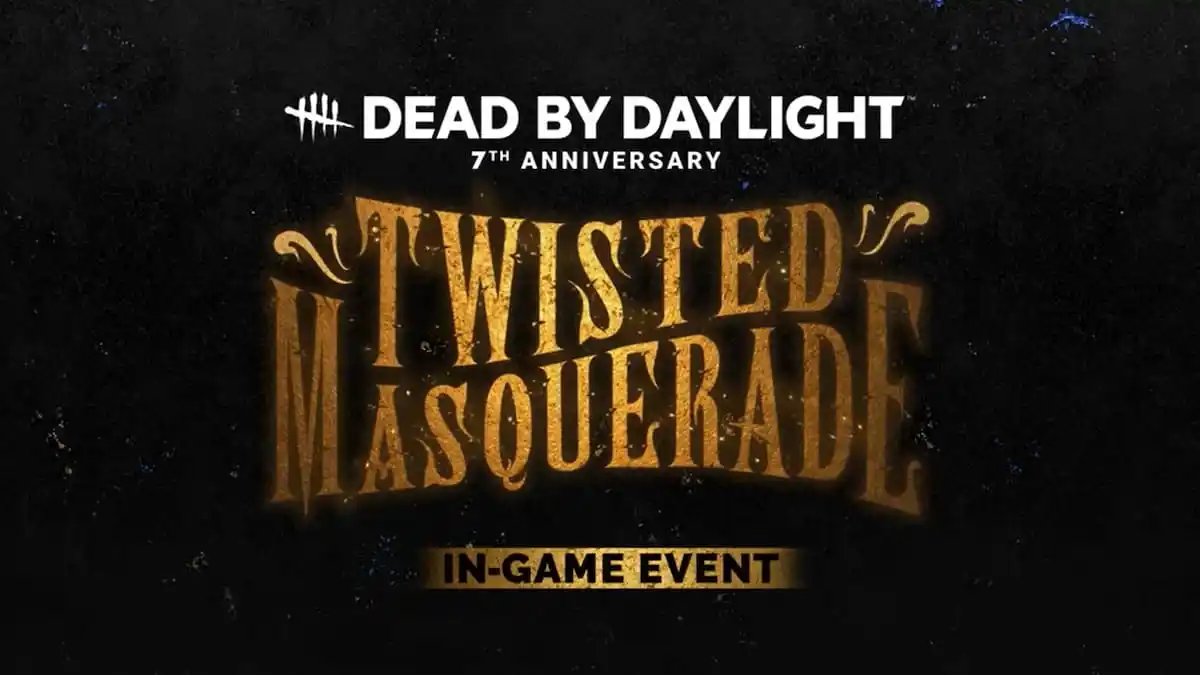
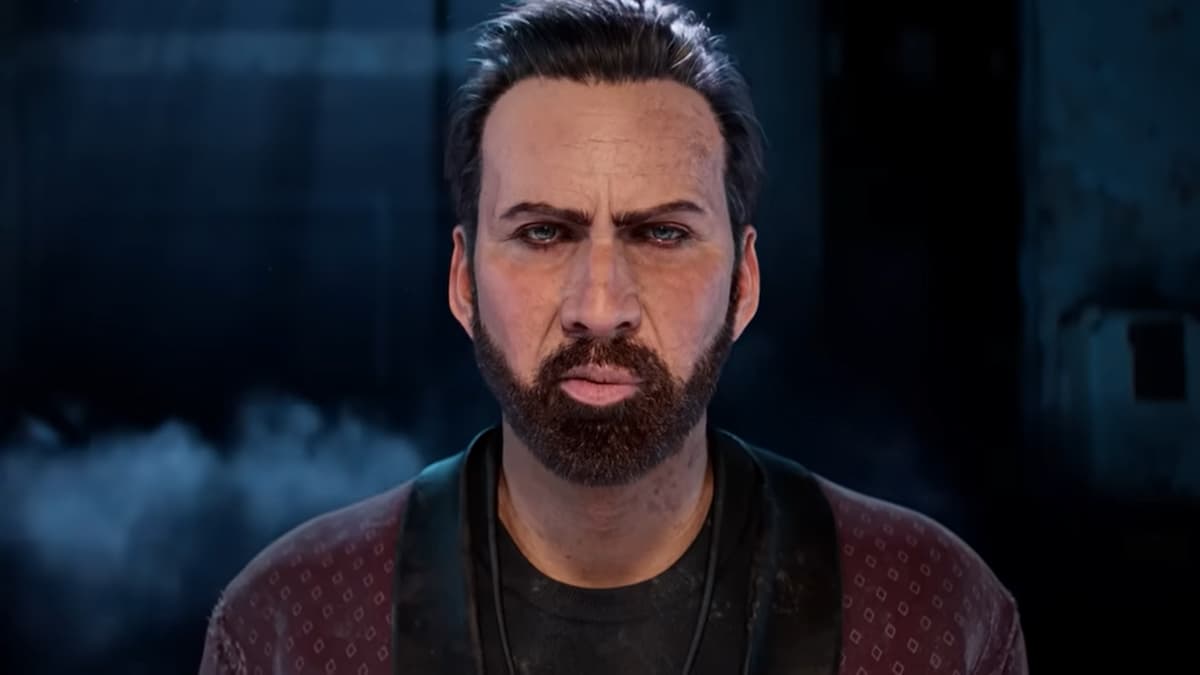

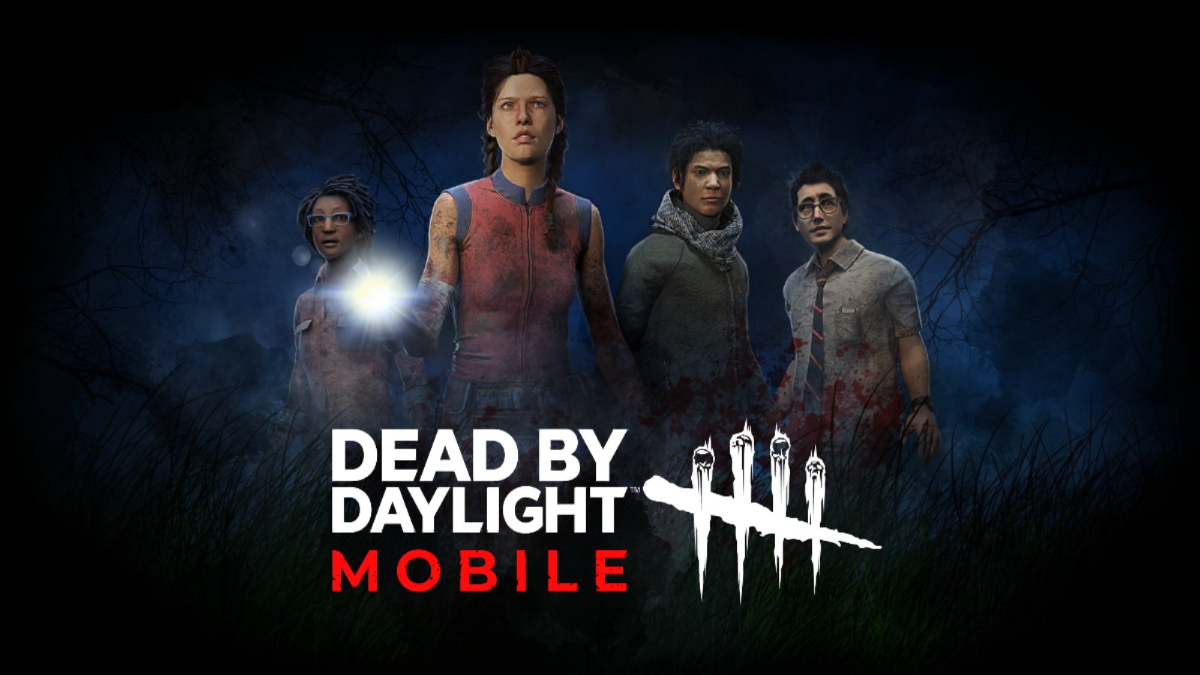

Published: Dec 8, 2020 09:39 pm